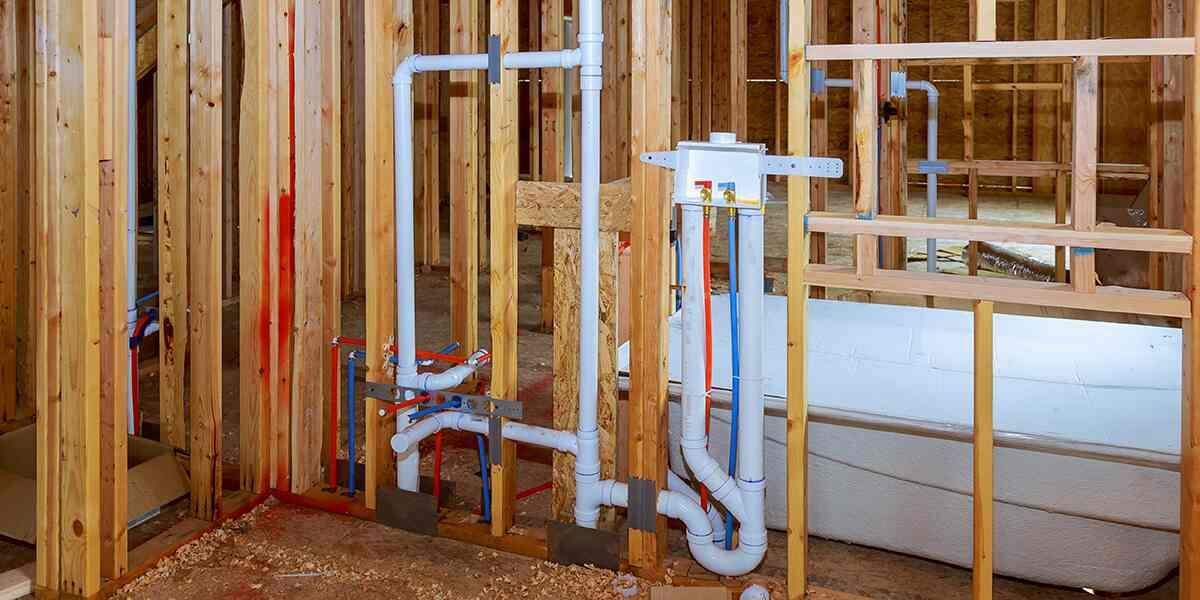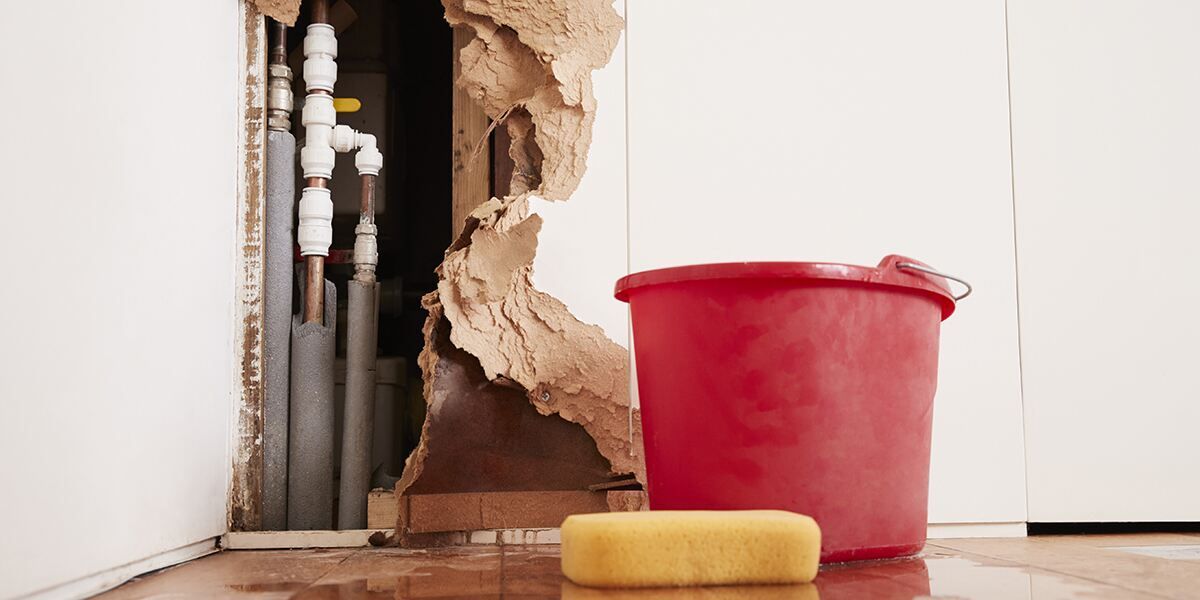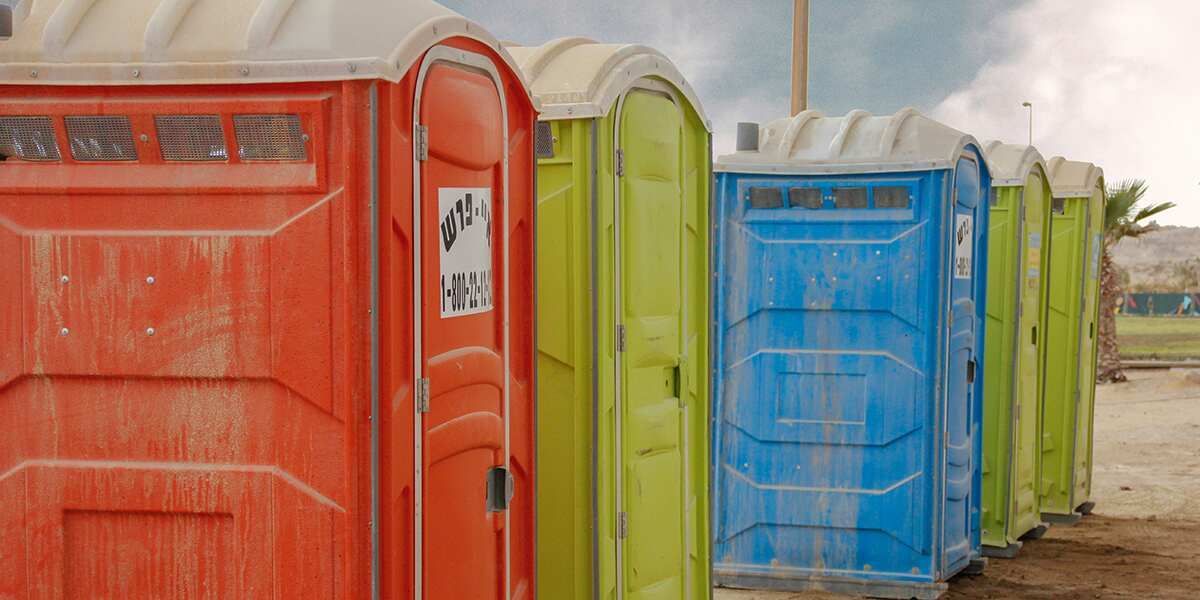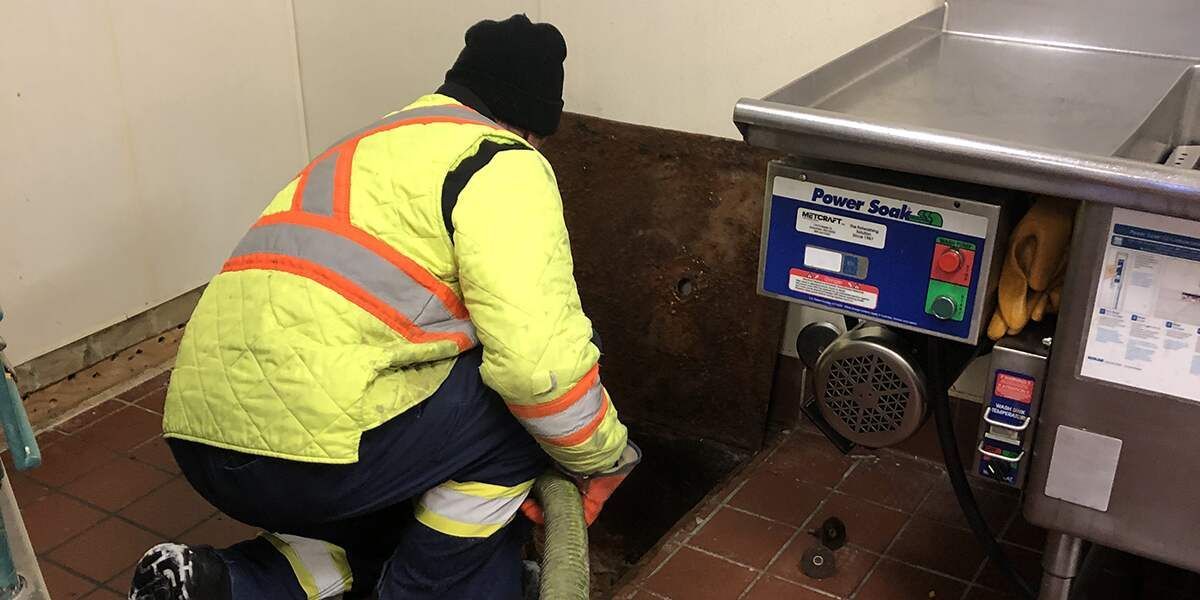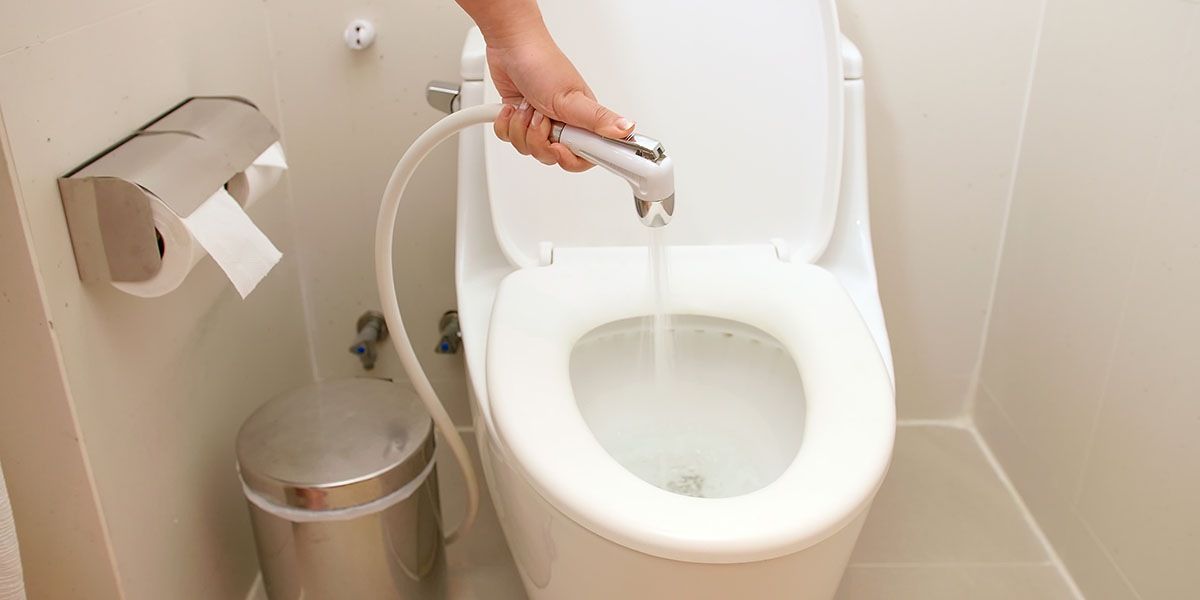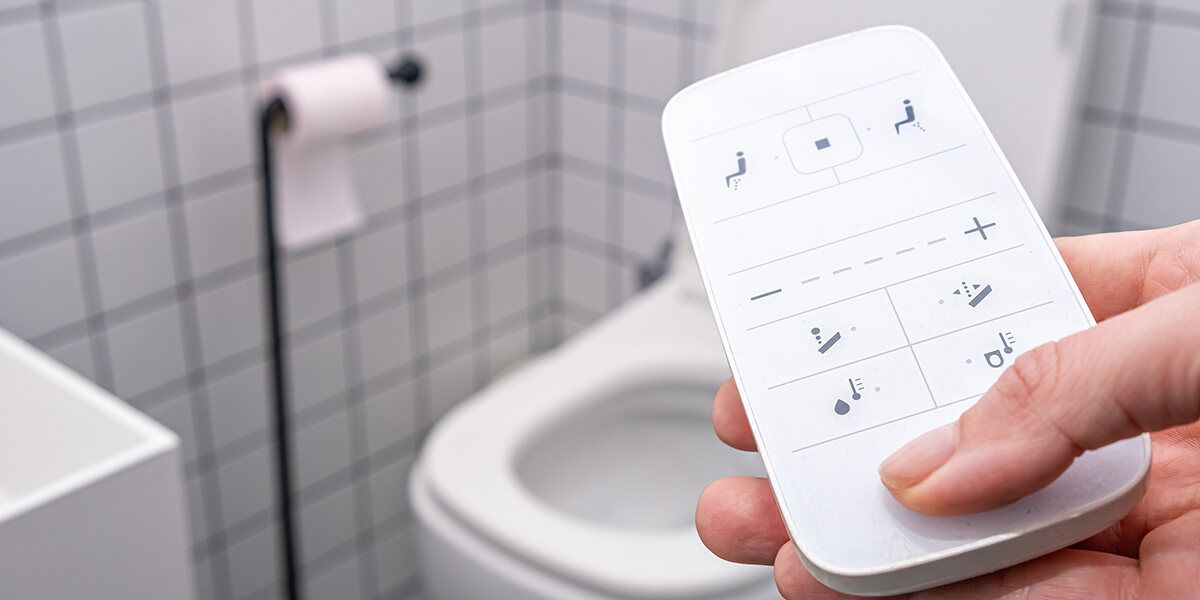Servicing Headingley, winnipeg and surrounding areas
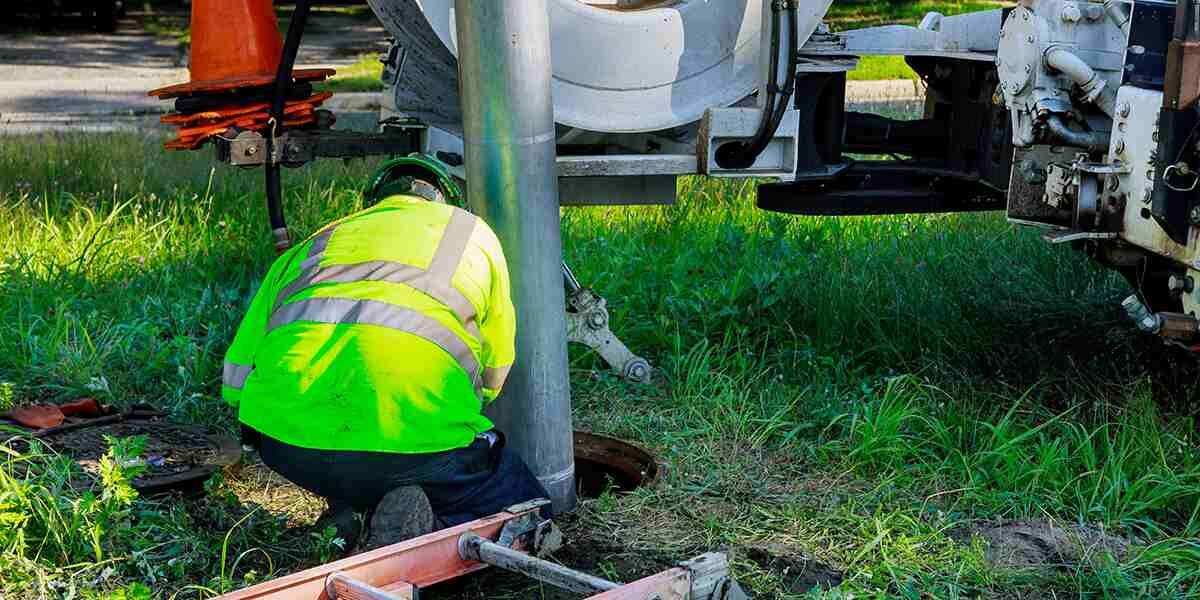
Trust King’s Services for dependable septic system solutions. Call (204) 633-9010 to see how we can help.
If you live in a rural or suburban area that lacks a public sewage system, you probably use a septic system to remove waste from your property. Whether you already have a septic system or plan to install one, it helps to know about the septic system types available.
Anaerobic septic systems stand out as one of the most popular types of wastewater treatment systems. But what is an anaerobic septic system? How does it differ from an aerobic system?
As Manitoba’s premier septic tank services provider, the King’s Services crew delves deeper into how anaerobic septic systems work, how they compare to other systems, and whether such a system suits your home.
What Is an Anaerobic Septic System?
An anaerobic septic system typically features a watertight underground or above-ground septic tank that collects wastewater from your home.
Once the water from your sinks, washing machine, toilets, showers, and other sources enters the septic tank, solid waste sinks to the bottom while liquid wastewater floats to the top.
Anaerobic bacteria, which don’t require oxygen to survive, then break down the solid waste. Wastewater, on the other hand, flows into a set of underground pipes in an area known as the drain field or leach field.
The wastewater slowly “percolates” out or filters into the soil through holes in the pipes.
The Difference Between Aerobic and Anaerobic Septic Systems
Anaerobic septic systems were the most common in the U.S., but more and more people continue to opt for aerobic systems because of their relative advantages over anaerobic systems. So, how do aerobic systems work?
An aerobic septic system involves three tanks. Wastewater enters the first tank, where it settles into layers like in an anaerobic system.
However, when the water moves to the next tank (treatment tank), an aerator introduces oxygen bubbles into the waste, enabling aerobic (oxygen-consuming) bacteria to break down the waste. Next, wastewater flows to a pump tank for further treatment before finally being dispersed into your lawn.
Anaerobic and aerobic septic systems not only function differently but also have other distinctions:
Cost
Because of the infrastructure involved in an aerobic system, they cost more to install than their anaerobic counterparts. Moreover, the aerator in an aerobic septic system relies on power to operate, resulting in higher operational costs.
Size
Anaerobic systems require more piping and larger drain fields compared to aerobic systems. If you have limited space in your yard, an aerobic septic system will prove more suitable. An anaerobic system also requires soil that allows for percolation.
If water doesn’t percolate into the soil quickly enough, you may have to settle for an aerobic septic system.
Besides situations that warrant an aerobic system, anaerobic systems boast simplicity and cost-effectiveness. Many country homes use anaerobic systems successfully.
Is an Anaerobic Septic System Right for Your House?
Now that you understand, “What is an anaerobic septic system?” is it right for your house? Anaerobic septic systems stand out for their affordability compared to other types of septic systems.
They also don’t need any power to run, which makes them efficient and easy on your wallet. However, like most things, anaerobic septic systems have their potential drawbacks. They take up more space and may require relatively more maintenance than other kinds of septic systems.
Moreover, anaerobic bacteria trigger chemical processes that generate potentially harmful gases and materials.
Hydrogen sulfide, Methane, ammonia, and carbon dioxide created in the tank of an anaerobic septic system can escape through the drainage field and potentially contaminate the outdoor area.
Anaerobic bacteria also leave the septic tank and form a thick layer of sludge, or biomat, that can clog drainage pipes over time.
If you have a small yard, an anaerobic septic system may not be your best choice.
Controlled Septic Aerators
A controlled septic aerator can significantly improve the performance and even reverse the damage caused by an anaerobic septic system. By forcibly pumping oxygen into the wastewater, a septic aerator can change an anaerobic system into an aerobic one.
Introducing oxygen into the wastewater creates a conducive environment for aerobic bacteria to grow and accelerate the decomposition of solid waste. Aerobic bacteria can digest waste materials much faster than anaerobic bacteria.
When waste breaks down faster, the tank ends up with less buildup which means you don’t have to maintain the tank as often. The presence of oxygen also stops the fermentation process, resulting in the production of fewer toxic chemicals.
Ultimately, adding a septic aerator to your anaerobic system produces cleaner effluent and minimizes toxic fumes typically linked to traditional septic systems.
Hiring a Professional Septic Contractor
While you can DIY some plumbing work, leave septic services to the professionals. Unfortunately, finding the right contractor to install, repair, or replace your anaerobic or aerobic septic system can prove challenging. Do your due diligence, or you'll just end up throwing money down the drain.
Different areas have varying regulations regarding the licensing requirements for septic system contractors. Find a licensed contractor with the credentials and experience to do the job right. You want to avoid any company without credentials or technical knowledge in septic systems.
Before hiring a septic contractor, ask for their license and certifications. You can also ask property owners in the general vicinity of your planned septic project for unbiased views of local septic contractors. Reputable construction companies can also point you in the right direction.
Call King’s Services Today for Top-Tier Septic Services
While you can now answer the question, “What is an anaerobic septic system?” don’t entrust just anyone with your septic service needs. At King’s Services, we have a licensed plumbing department that specializes in septic system services.
Whether you need help selecting the proper septic tank size for your home or expert advice on the ideal septic system, we can help.
Call King’s Services at
(204) 633-9010 for reliable plumbing and septic services throughout Manitoba. Trust us for quality service every time.
Newsletter Sign Up:
Newsletter Sign Up
We will get back to you as soon as possible.
Please try again later.
Newsletter Sign Up
We will get back to you as soon as possible.
Please try again later.
Contact Information
King's Services
Location: 49 Headingley Street Headingley, MB R4H 0A8 Canada
Phone: 204-633-9010
All Rights Reserved | King's Services



